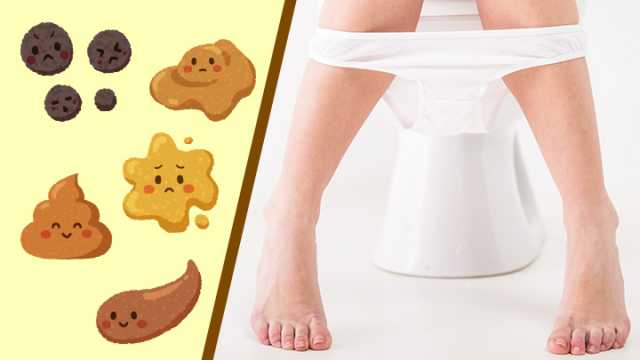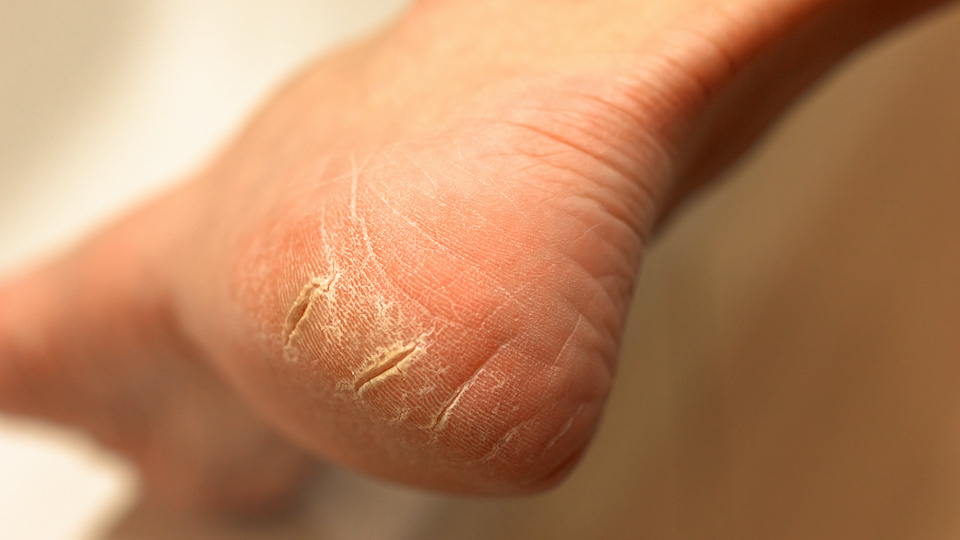Saunas have never caught on in the US the way they have in Finland, where they are a cultural institution. I suspect that when most Americans think of a sauna, they have a vision of a group of old folks sitting in the steam room at the gym. Well, if that’s how you envision a sauna… I’d like to help break out of that old vision, especially in light of some fascinating new research on the subject.
Sauna therapy is medicine in the true sense of the word, and there are a number of ways that saunas can improve health that go far beyond just relaxation. Recent science on the subject is clear and convincing.
There is a Finnish saying that “the sauna is the poor man’s pharmacy.” Personal steam baths these days are high tech compared to the centuries-old Finnish tradition of digging ditches and then pouring water over hot stones to create a vapor they call loyly. But the health benefits of taking a sauna can be surprisingly rich.
A Few Fun Facts About Saunas
I’d like to discuss some of the scientifically substantiated reasons you should consider taking a regular sauna, but first a few fun facts:
- Finland has 5.3 million people and 3.3 million saunas. (that’s one sauna for every 1.6 people!)
- 99 percent of Finnish people take a sauna regularly.
- Saunas have been used in Finland for thousands of years. They are so much a part of Finnish culture that they are practically considered as sacred as churches.
- In centuries past, women in Finland routinely gave birth in saunas, because the walls of a sauna house were lined with bacteria-resistant material and were rightly considered the cleanest places available.
Because saunas are so embedded within the culture of Finland, there are some rituals and customs associated with them. They are supposed to be a meditative and reflective space where people avoid talking about their jobs, official titles, or political and religious matters. As Jarmo Lehtola, a spokesperson for Saunaseura (a Finnish sauna society) explains, a “sauna is for your mind. It really helps you to calm down in a modern society where it is never quiet. You enter this meditative place. It’s dark and it’s usually so hot that you don’t want to speak.” I think we could all use a little more of that.
Saunas Provide Benefits Similar To Exercise
Most people may not realize it, but a sauna actually provides your body with quite a nice workout. To begin with, the dry heat causes your pores to open up, and the average person can lose a pint of sweat in as little as 15 or 20 minutes.
As you might expect, the heat in a sauna room is pretty intense (180 degrees is not unusual). So, after a few minutes, both your dermal temperature and your internal temperature will rise accordingly. This causes your heart rate to increase as the blood is directed away from your internal organs and towards your skin.
Using Saunas Safely
Despite these significant physiological changes (which are entirely temporary), saunas are considered safe for most people (provided you follow basic tips and stay well hydrated). These recommendations include:
- Abstaining from alcohol (which can be dehydrating) before, during or directly after using a sauna.
- Limit sauna sessions to 15 to 20 minutes at a time.
- Cool down slowly after a sauna in order to avoid stressing your circulatory system.
- Enjoy 2 to 4 glasses of water following a sauna (in order to rehydrate).
- Don’t use a sauna if you are ill.
- Pregnant women and people with heart disease should consult with a physician before using a sauna. That’s because there is a slight risk that hyperthermia (an unusually high body temperature) could affect a developing fetus or be adverse for some patients with cardiovascular disease. But most studies indicate that saunas pose few risks, even to those with heart disease.
Science Supports the Use of Saunas
Studies indicate that the purported health benefits of saunas are much more than just hot air:
- A 2017 study found that saunas are a valuable clinical tool for many chronic conditions including:
- Heart disease (including hypertension and heart failure)
- COPD or emphysema
- Chronic fatigue and chronic pain
- Autoimmune disease
- Toxicant-induced disorders
- Research published in the journal Age and Aging found that sauna use was correlated with decreased rates of Alzheimer’s and dementia.
- A 2015 study concluded that sauna use was linked to lower rates of cardiovascular disease, and to overall longevity.
Results like these do not surprise Dr. Thomas H. Lee, a cardiologist at the Harvard-affiliated Brigham and Women’s Hospital, who writes: “The cardiovascular effects of sauna have been well documented in the past. It lowers blood pressure, and there is every reason to believe that its effects are good for blood vessels.”
The exact mechanism by which saunas provide all these versatile health benefits are not precisely known, and scientists acknowledge more studies are needed. But many researchers speculate that saunas provide a cardiovascular workout by driving the heart rate higher while allowing the body to sweat out toxins.
Takeaway
The father of modern medicine, Hippocrates, once said, “give me a fever and I can cure every disease.” His naturopathic perspective and approach have once again found modern scientific confirmation.
Saunas have been used for thousands of years in a wide variety of cultures. Over the years, people have used everything from wood-burning stoves to electrical elements to generate this form of steam therapy.
Today, many sports teams employ “heat therapy rooms” to help athletes relax their muscles both before and after competitions. In this case, radiant emitters aim heat directly at a person’s body instead of heating the entire room. You can think of this as a sauna, but without the steam (which might be something of an oxymoron as far as some people are concerned).
Saunas come in all sorts of shapes and sizes. There are traditional kits (usually made of cedar) as well as infrared and solar-powered versions. A variety of different types of saunas can be installed at your home, inside or outside. And of course, you can also enjoy the benefits of a sauna at your local gym, health club, or fitness center. Whichever method you choose, try to remember that when it comes to health (as well as many other things), there’s a lot to be said for working up a good sweat.
Take good care,
Dr. Josh









